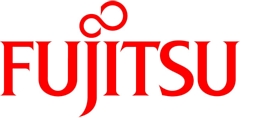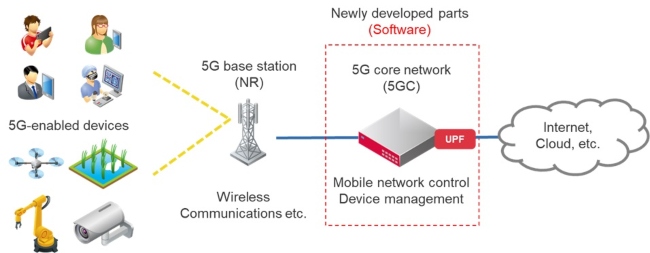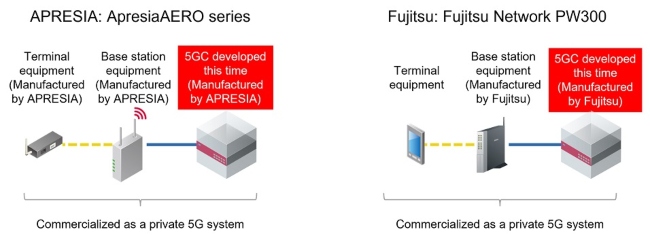
[ad_1]
Moving forward to a communications network that maximizes the use of the cloud for communications infrastructure in the post-5G era
TOKYO, Nov 24, 2022 – (JCN Newswire) – The University of Tokyo, Internet Initiative Japan (IIJ), APRESIA, and Fujitsu Limited have successfully developed Open Source Software for the Private 5G/6G Mobile System, realizing a domestically produced, low -cost 5G core network (5GC), the core technology of the 5G mobile network. The initiative was conducted by the partners as part of NEDO’s Research and Development Project of the Enhanced Infrastructures for Post-5G Information and Communication Systems Feasibility Study (Contracted) .
 |
| Figure 1: Image of the Newly Developed 5GC |
 |
| Figure 2: Image of Private 5G System Commercialized by APRESIA and Fujitsu |
 |
| Figure 3: Image of Multiple Private 5G Systems Promoted by IIJ |
5GC software plays a central role in controlling cell phone networks, but the need for domestic production and cost reduction represents ongoing challenges to making related technologies, like private 5G, a reality. With the development of this new technology, IIJ, APRESIA, and Fujitsu developed a practical version of 5GC based on Open Source Software with commercial-level functionality, performance, and stability based on Open Source Software. The University of Tokyo contributed a user plane function (UPF) that handles more advanced data transfer and route selection by combining 5GC with previously known properties and have applied for a new patent.
The partners anticipate that the eventual, real-world deployment of this technology will allow users to introduce private 5G systems at lower cost for use in practical settings, leading to the wider adoption of private 5G in various industries. Combining multiple private and 5G networks services provided by major telecommunications carriers will ultimately make it possible to deliver more versatile communication environments than individual private 5G networks alone.
1. Overview
5G cell phone networks are beginning to be used not only as a means of communication, as is the case for phones and smartphones, but also in critical infrastructure systems that support society, such as payments and logistics. Although the technology that makes up mobile networks is based on a common global standard, most of the communications equipment used in actual mobile networks is manufactured by vendors outside of Japan, which also hold many of the patents for intellectual property for related technologies. This represents a possible risk to market competition and e security, making it an important priority for Japanese companies and researchers to proactively develop products and technologies in anticipation of post-5G and next-generation communication standards …
Full story available on Benzinga.com
[ad_2]
Source link



